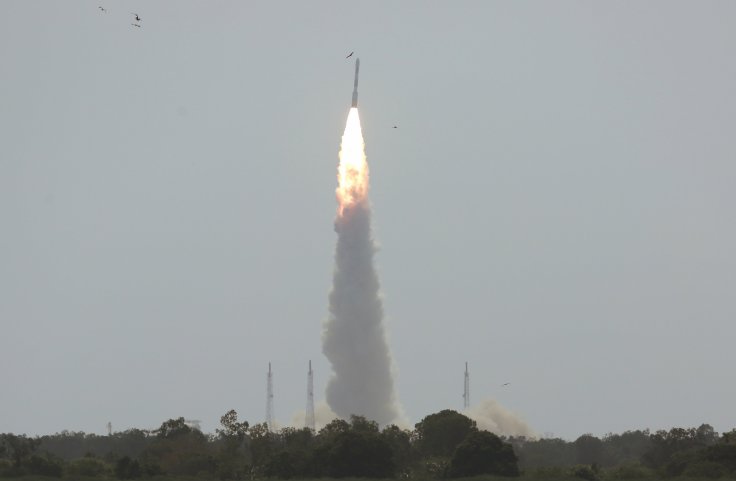
The US Air Force is reportedly planning to develop an advanced satellite that will continue to provide communications for the top brass US Government officials in times of nuclear or space wars. To ensure effective communication, the US Air Force relies on what they call Advanced Extremely High Frequency satellites that sit in geostationary orbit.
US Air Force preparing for the worst day in human history
The Advanced Extremely High Frequency (AEHF) satellite is specially designed to keep the military and US administration in a proper working order during times of emergencies. It should be also noted that these satellites cannot be hacked or jammed.
"We need systems that work on the worst day in the history of the world," said Todd Harrison, director of the Aerospace Security Project at the Center for Strategic and International Studies, Popular Mechanics reports.
There are four AEHF satellites already in the geostationary orbit. The US Government is now planning to launch two more, one in 2019 and another in 2020. The proposed US Air Force 2019 budget has allocated $29.8 million for this upcoming project. Air Force staffers have reportedly said that more money has been set aside in 2019 for the development of software used for running the satellites.
The US Air Force considers these AHEF satellites as a part of its new focus on advancing the country's nuclear abilities.
"We must concurrently modernize the entire nuclear triad and the command and control systems that enable its effectiveness," said Heather Wilson, the Air Force secretary.
The US Government is also planning to pour in a whopping sum for the development of jam-resistant GPS satellites.
How AEHF satellites work?
If a nuclear war breaks out, the atmosphere will be completely filled with charged particles that emit energy across the electromagnetic spectrum. In these times, ordinary signals will find it difficult to cut through this clutter, and as a result, all the communication means will be cut off.
During these moments, the only way of communication will be using AEHF satellites. Unlike traditional communication satellites, AEHF satellites send multiple beams to the ground, and it will increase the chances of getting through the clutters. Just like a car moving between lanes to avoid stagnant traffic, signals from AEHF satellites will reach the ground.









